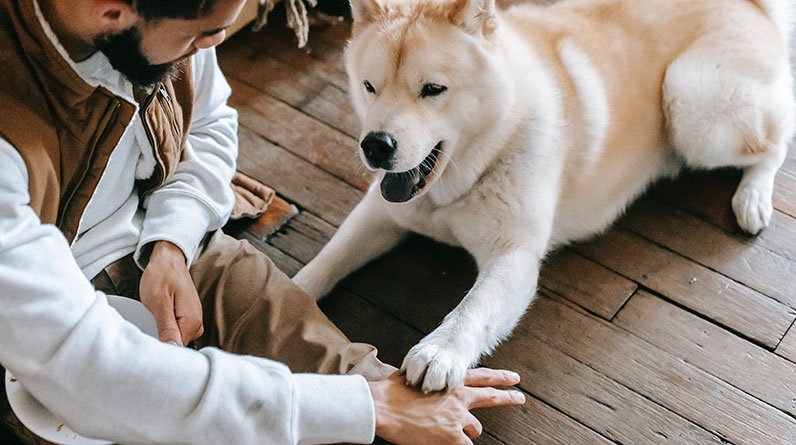
Puppy Training 101: Unlocking the Secrets to a Well-Behaved Dog
How to Start Training a Puppy
Bringing home a new puppy is an exciting yet overwhelming experience. One of the most important things you can do for your furry friend is to start training right away. The first few weeks are crucial in shaping your puppy’s behavior, and with the right approach, you can set both of you up for success. Let me share some tips that have worked wonders for me and countless other dog owners.
1. Introducing the Crate: A Sanctuary, Not a Prison
The crate should be your puppy’s safe space—a place where they feel secure and comfortable. When you first bring your puppy home, introduce them to the crate gradually. Place treats inside, let them explore it on their own terms, and make it a positive experience.
Some people think crates are cruel, but trust me, a well-introduced crate can be a lifesaver. It helps with potty training, prevents destructive behavior, and gives your puppy a sense of security. Just remember, never use the crate as punishment. That would be like locking yourself in a closet when you’re upset—it’s not going to help anyone.
2. Potty Training: Patience Is Key (and So Are Treats)
Potty training is one of the most challenging aspects of puppy ownership, but it’s also one of the most rewarding. Establish a routine by taking your puppy outside frequently—after meals, naps, and playtime. When they go potty in the right spot, shower them with praise and give them a treat. If they have an accident inside, don’t scold them. Puppies don’t understand the concept of “wrong” when it comes to bathroom habits. Instead, clean up the mess and try again.
Consistency is key here. You’ll need to be vigilant for the first few weeks, but soon enough, your puppy will get the hang of it. And hey, if you’re feeling frustrated, just remember: every accident is a learning opportunity for both of you.
3. Basic Obedience: Teaching Your Puppy to Listen
Teaching your puppy basic commands like “sit,” “stay,” “come,” and “leave it” is essential for their safety and your peace of mind. Start with simple commands in a quiet, distraction-free environment. Use treats as rewards, but don’t overdo it. You want your puppy to learn that listening to you is rewarding in itself, not just because they get a snack. Verbal praise, petting, and playtime are also great ways to reinforce good behavior.
Be patient—puppies are like little sponges, but they need time to absorb all the new information. Some days, they might seem like they’re getting it, and other days, they’ll act like you’re speaking a foreign language. That’s okay! Just keep practicing, and eventually, those commands will stick.
4. Socialization: The More, the Merrier (But Go Slow)
Socialization is one of the most important aspects of puppy training. Exposing your puppy to different people, animals, environments, and experiences early on will help them grow into a confident, well-adjusted dog. Take your puppy on walks in different neighborhoods, visit parks, and introduce them to friendly dogs and people.
But here’s the thing: don’t overwhelm them. Puppies can get easily scared or anxious if they’re exposed to too much too quickly. Start with short, positive interactions and gradually increase the duration and complexity. For example, if your puppy seems nervous around other dogs, invite a calm, well-behaved dog over for a playdate in a controlled environment.
Socialization isn’t just about meeting other dogs—it’s about exposing your puppy to different sights, sounds, and smells. Think car rides, vet visits, and even trips to the pet store. The more your puppy experiences, the more adaptable they’ll become.
5. Leash Training: Walking Together, Not Apart
Leash training is another essential skill that will make walks more enjoyable for both of you. Start by letting your puppy wear the leash around the house without any pressure. This will help them get used to the feeling. Then, take them outside for short walks, encouraging them to walk beside you rather than pulling ahead. If they start to pull, stop walking and wait for them to come back to your side. When they do, reward them with a treat and continue walking.
Leash training takes time and patience, but it’s worth it. Imagine walking down the street with your puppy trotting happily beside you, instead of dragging you along like a sled dog. It’s a beautiful thing!
6. Consistency Is Your Best Friend (and Your Puppy’s Too)
Consistency is the golden rule of puppy training. Keep training sessions short—about 5-10 minutes at a time—and frequent. Puppies have short attention spans, so you don’t want to overwhelm them with long, boring lessons.






